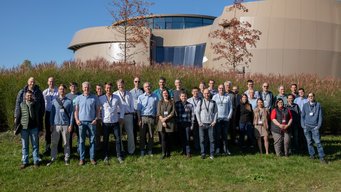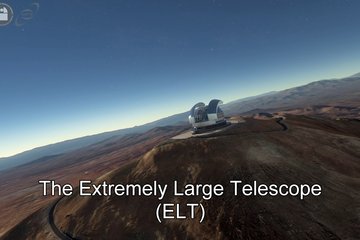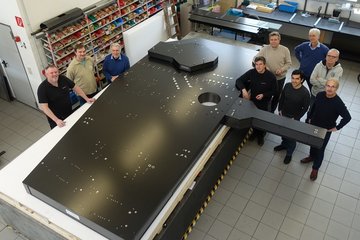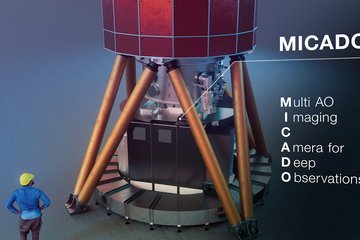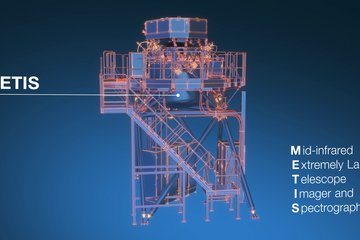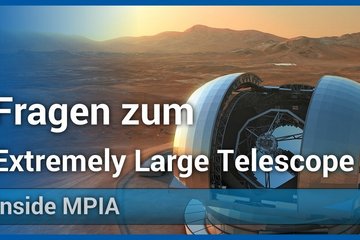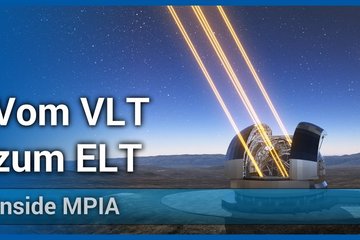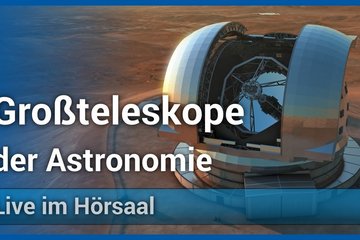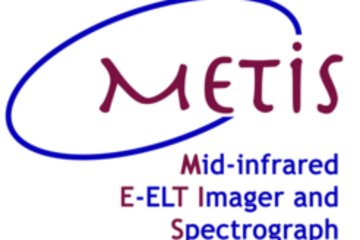METIS Instrument Passes Design Milestone
MPIA contributes significantly to its success
METIS, the powerful imager and spectrograph for ESO’s Extremely Large Telescope (ELT), has passed its Preliminary Design Review at ESO’s headquarters in Garching, Germany. METIS, short for Mid-infrared ELT Imager and Spectrograph, will make full use of the giant main mirror of the telescope to study a wide range of science topics. MPIA is leading the design of key elements of the new instrument.

The ELT will be the largest optical to mid-infrared telescope on Earth when it starts operations towards the middle of this decade. With its 39-metre primary mirror and advanced adaptive-optics systems, it will have six times the resolution of the James Webb Space Telescope. METIS will take full advantage of this remarkable telescope and its adaptive optics to probe the structure and composition of objects in our Solar System to distant active galaxies with revolutionary precision. METIS will be extremely well suited to study the life cycle of stars, from infant stars and planet-forming discs to older stars near the end of their lifetime.
Among others, METIS is expected to make large contributions to one of the most dynamic and exciting fields of astronomy for both scientists and the public, exoplanets. The instrument will be able to study the temperature, weather, and seasonal changes of the atmospheres of many giant exoplanets. Furthermore, METIS has the potential to directly detect terrestrial exoplanets around the nearest stars and, in favourable cases, investigate their atmospheric composition.
Now that the instrument has passed this Preliminary Design Review, the METIS consortium will continue to develop its design in further detail before construction on the instrument starts.
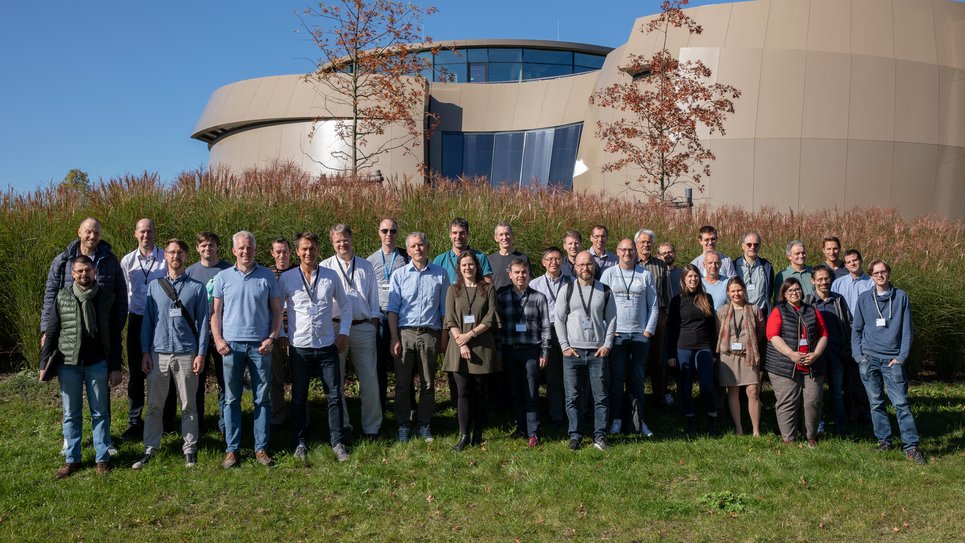
MPIA is the second largest partner in the METIS consortium. At MPIA, a team of scientists, engineers and technicians is currently working on the Final Design of the IMAGER and the Single-Conjugate Adaptive Optics (SCAO) sub-systems. The responsible scientist (co-I) is Markus Feldt, the project manager is Silvia Scheithauer.
The IMAGER sub-system includes two science cameras for the LM- and N-band providing diffraction-limited imaging at 3-13 microns. The imager also provides low/medium resolution slit spectroscopy as well as coronagraphy for high contrast imaging.
The SCAO sub-system corrects atmospheric distortions and is thus essential for diffraction limited observations with METIS. It consists of a wavefront sensor, the control software, and the Real Time Computer (RTC). The wavefront sensor measures the disturbed incoming wavefront. Its signal is processed by the Real Time Computer, which, in turn, sends control signals to the deformable ELT mirror M4.
In addition to these hardware contributions, MPIA holds three key roles within the METIS consortium: the Instrument Scientist Roy van Boekel, the SCAO Lead Thomas Bertram and the Thermal Lead Werner Laun. The instrument scientist works at the interface between the scientific users who define the needed capabilities of the instrument, and the technical team who design the instrument accordingly as well as technology and resources allow. The instrument scientist ensures that the performance of the technical design meets the corresponding requirements.
Accordingly, the SCAO Lead and the Thermal Lead are responsible to ensure the overall AO respectively thermal performance of the complete METIS instrument.
More Information
The METIS consortium consists of NOVA (Netherlands Research School for Astronomy represented by the University of Leiden, The Netherlands), the Max Planck Institute for Astronomy (MPIA, based in Heidelberg, Germany), the University of Cologne (Germany), the UK Astronomy Technology Centre (UKATC, in Edinburgh, Scotland, UK), the KULeuven (Belgium), the Saclay Nuclear Research Centre (CEA Saclay, France), Center for Astrophysics and Gravitation (CENTRA, University of Lisbon, Portugal), ETH Zürich (Switzerland), A* (an Austrian partnership represented by the University of Vienna, the University of Innsbruck, the University of Graz, the University of Linz, and RICAM Linz, Austrian Academy of Sciences, Austria), the University of Michigan at Ann Arbor (United States), Academia Sinica Institute of Astronomy and Astrophysics in Taipei (Taiwan), and the Université de Liège (Belgium), with contributions from ESO.

